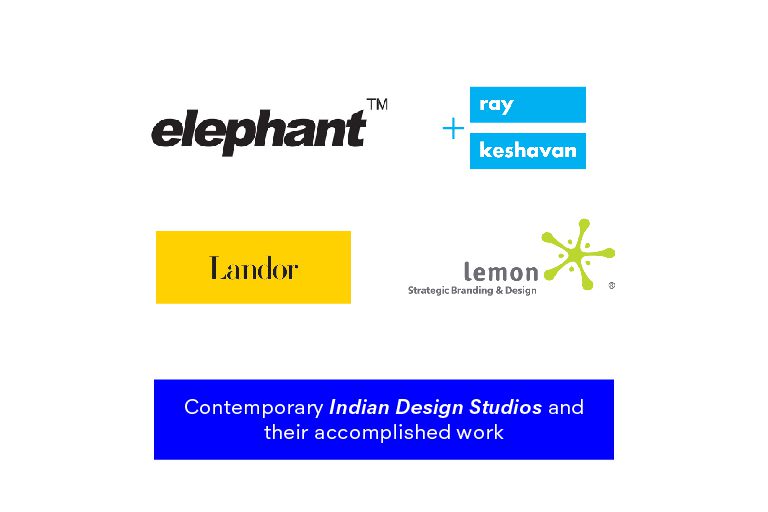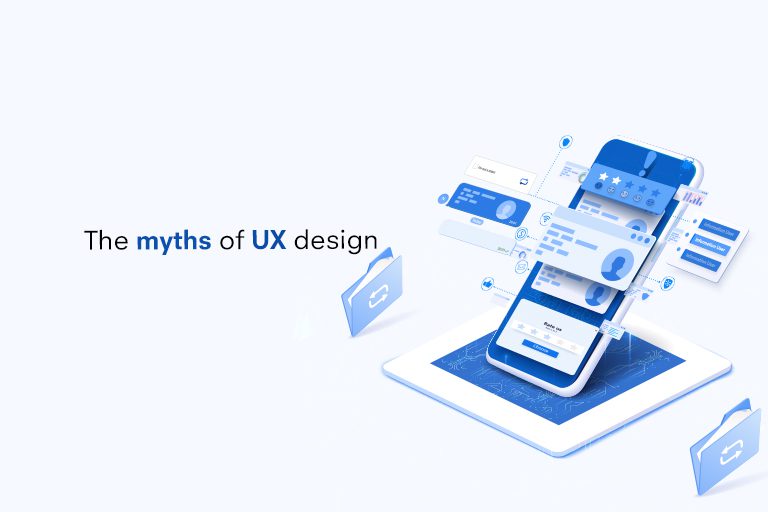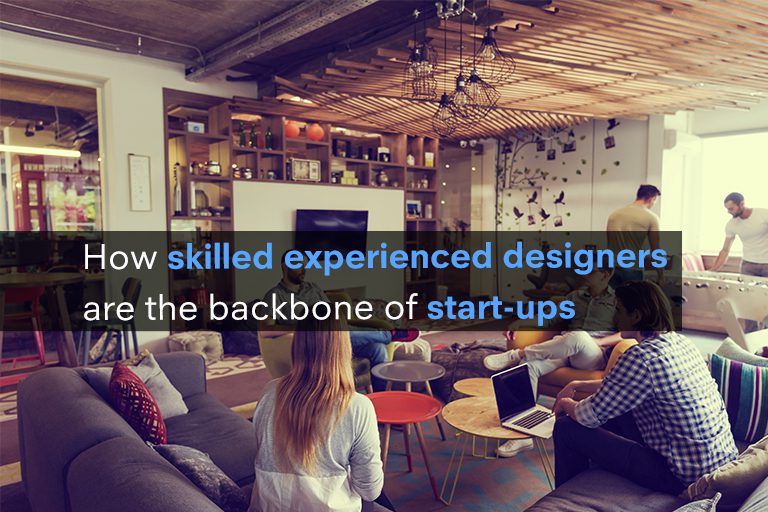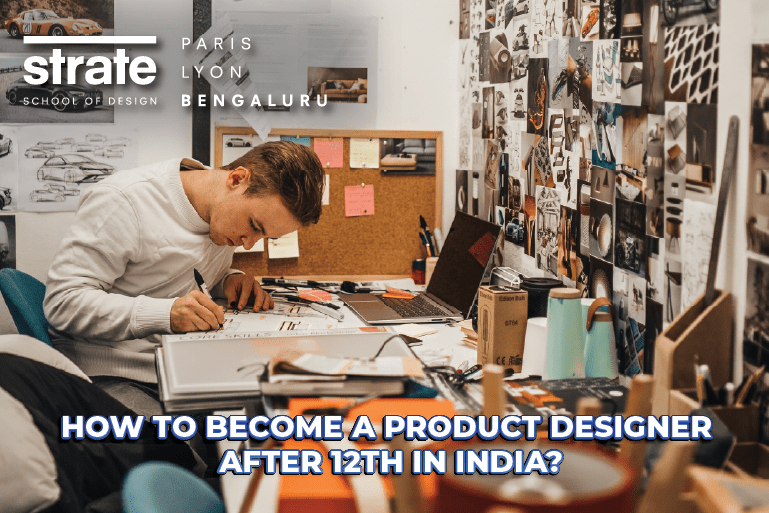A Career in Interaction Design? Where Should I Start?
People today are engaging more and more with their devices. Everything is now “smart”. Smartphones, smart appliances, smart homes, smart cities and so on. So how do these inanimate, intangible entities become smart? They become so by understanding, engaging, and interacting with their users to provide a smooth and uninterrupted experience.
And how does this interaction happen? Through Interaction Design, of course.
Interaction design is an emerging field that offers a unique perspective of design. Becoming an interaction designer means having to understand needs from a user’s perspective and seeing it to fruition. The “smart” in the entities mentioned above stems from the “smartness” of the interaction designer rather than the AI or the device itself.
The road to becoming an interaction designer consists of a number of interesting forks. But how can you start this journey? Here are a few steps to help you.
1.Understand What is Interaction Design
The first step to beginning a career in Interaction Design is understanding what exactly Interaction Design is and what is it that Interaction Designers do.
Interaction design is defined as the design of products, applications, systems, and interfaces that offer enhanced user experiences. It puts forth a new way of interacting with an interface that eases a user’s experience with it.
A prime example of good Interaction Design is the “pull-to-refresh” feature on mobile websites. It is a convenient and intuitive feature that allows users to refresh a page just by pulling it downwards with their fingers or a pointing device and releasing it. Not only is this concept easy to use but it also shaves off valuable time for the user. Designers too don’t have to spend additional time creating a separate refresh button, saving space for content and thus making it a win-win for all parties involved.
Interaction Design deals with elements that are both obvious as well as subtle. All in all, the aim of Interaction Design is to offer users a seamless experience.
2.Get Familiar with Interaction Design Tools
Learning the basics of the tools of your trade will give you an edge when it comes to studying Interaction Design. When you know how to do what you want to do, it’s a lot easier getting into the industry.
Some of the most common Interaction Design tools you can start with include Mockplus, Adobe Illustrator, Adobe XD, and Balsamiq. Make a cool website, redesign an existing app, better yet, create a new one, or at least develop a blueprint of one. These tools will help you grasp the fundamentals of Interaction Design and provide you the essential skills for creating a portfolio in design.
Now that you’ve familiarised yourself with some Interaction Design tools, start creating a few projects.
Which brings us to…
3.Build A Portfolio
Design is a visual field, not theoretical. As a designer, you will be judged on practical work that you’ve done than otherwise. Your knowledge of design can only get you to the door of employment, your actual work is what will put you on the map to becoming a celebrated designer. Therefore, create a portfolio of your work.
A portfolio is a record of your journey as an Interaction Designer. It will contain sketches, drawings, blueprints, and prototypes of your designs. Its value will only increase as you progress in your career. It’s a reminder of your abilities and the effort you’ve put into achieving your goals. When looking for Interaction Design jobs, the portfolio becomes your resume and professional ID card. It is what you will be showing your future employers and customers. At any point, anyone can just flip through the pages of your online portfolio and appreciate how far you’ve come.
4.Get That Degree
Even though this is a generation that thrives on skills and practical knowledge, a degree still commands a certain privilege everywhere. “I have an MSc degree in design” also sounds far better in a social setting than saying “I know how to design”. It means you have invested a certain amount of time and effort in gaining those skills rather than learning it off a course online. It means you understand design on a level deeper than someone with a short-term certification.
Many Interaction Design courses include, along with classroom training, workshops, seminars, and hands-on activities. Collaboration with industry professionals, networking, and hands-on experiences with real-time industry projects is a huge plus with a degree. Also, classroom sessions will help you emulate students who share your creative acumen and strengthen the designer in you.
These experiences will provide the essential skills required to become a master Interaction Designer. And these experiences are possible only with a full-time degree.
At the end of it all, a degree is what will get you across the threshold of academia and into the industry faster. So, go get that degree.
5.Take Up Internships
Hands-on activities at school are important. They’ll equip you with skills that’ll be useful in an organizational environment. But what’ll give you real-time experience is an internship. Working with an actual company with professionals in the field is equal to any training you’ll receive after securing the job. Besides the training, you also get to attend meetings and other company events. These will help acclimate you to the industry better.
With internships, you’ll understand how exactly a company works. You’ll be able to analyse your place in the industry and explore different career paths. You will imbibe skills such as team management, time management, multi-tasking, networking, and communication.
An internship can also affect your salary package. The average Interaction Designer salary in India is approximately INR 7.0 lakhs per year. Having a good internship in a big company will improve your numbers and push your package to INR 10 – 12 lakhs per year. Maybe more. Therefore, look for the right internships with reputed companies.
6.Network
Networking is one of the most underrated and underutilized skills in any sector. The aim of networking is to create a meaningful business relationship between you and others in your area of interest. It is one of the best ways to meet potential clients and employers. By interacting with employees and leadership teams, you mould yourself into becoming a potential member of the workforce. Through your contacts, you will learn what is happening in the industry and keep yourself current on trends and available Interaction Design jobs.
The digital age has significantly eased the process of networking. Now, you can simply connect with potential associates through a call or message. However, the old-fashioned face-to-face interaction goes a long way in creating a lasting impression and connection. Try to network as much as possible and learn about the industry from your contacts.
There aren’t many Interaction Design courses in India that are comprehensive enough to make you a full-fledged Interaction Designer. A number of Interaction Design jobs require candidates to know the fundamentals of design and can create aesthetic and functional products. However, the courses many colleges offer can only guarantee you a job rather than a fruitful career.
Strate’s Interaction Design course is a cut above the rest. The foundation of the course is based on a human-centric approach to design. At Strate, Interaction Design goes beyond UI/UX design. It deals with connection – human to human connection, human to humanity connection, human to machine connection, and human to human connection through machines. These connections are created through multiple channels such as AR, VR, tactile, gestures, and voice, not just via screen-based interfaces.
The first two years, common for all specializations, focuses on equipping students with the essential knowledge of design. The specialization, from year three, covers all areas of Interaction Design. Workshops, seminars, master classes, webinars, and numerous sessions offer complete and comprehensive training in design.
If you truly want to become a world-class interaction design with a lucrative career and a hefty income, Strate School of Design, Bangalore is where you should be.









Want to Become a Designer ?
Strate is a unique design school that nurtures your talents as a designer by offering state-of-the art designing courses in Bangalore.
Join Strate